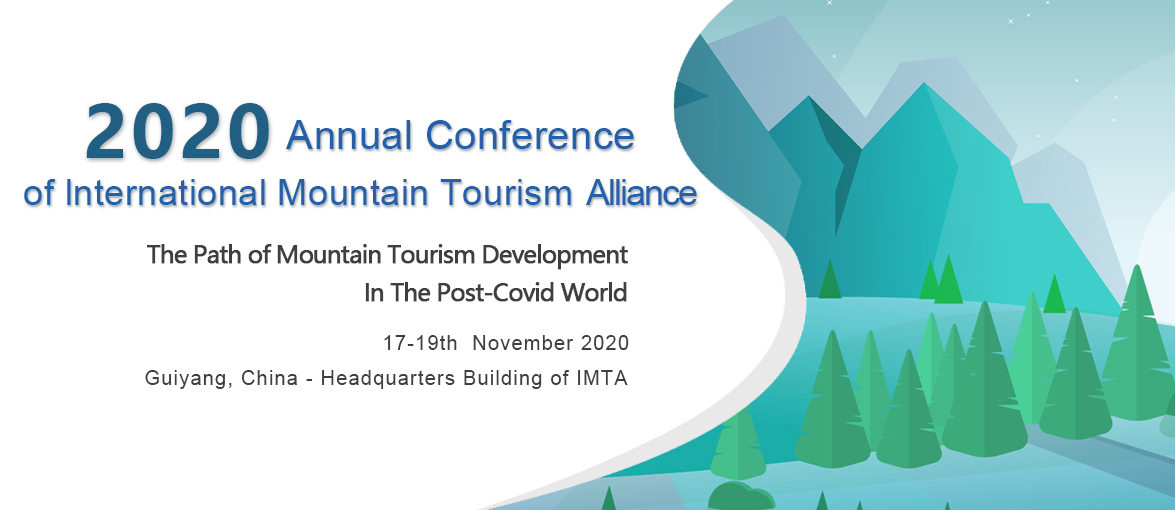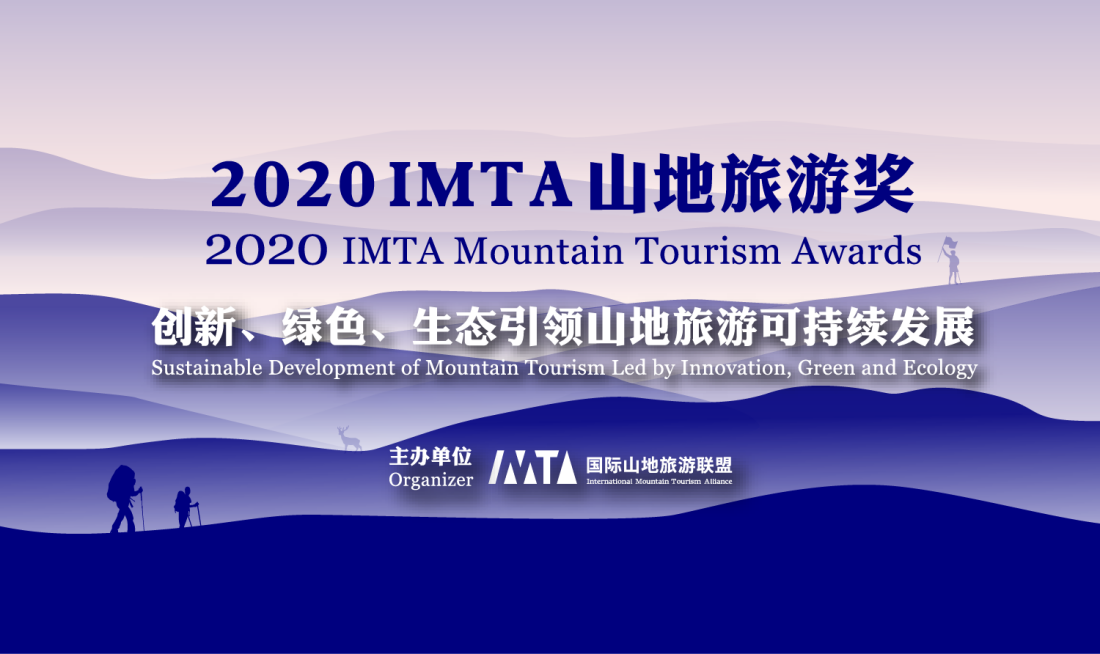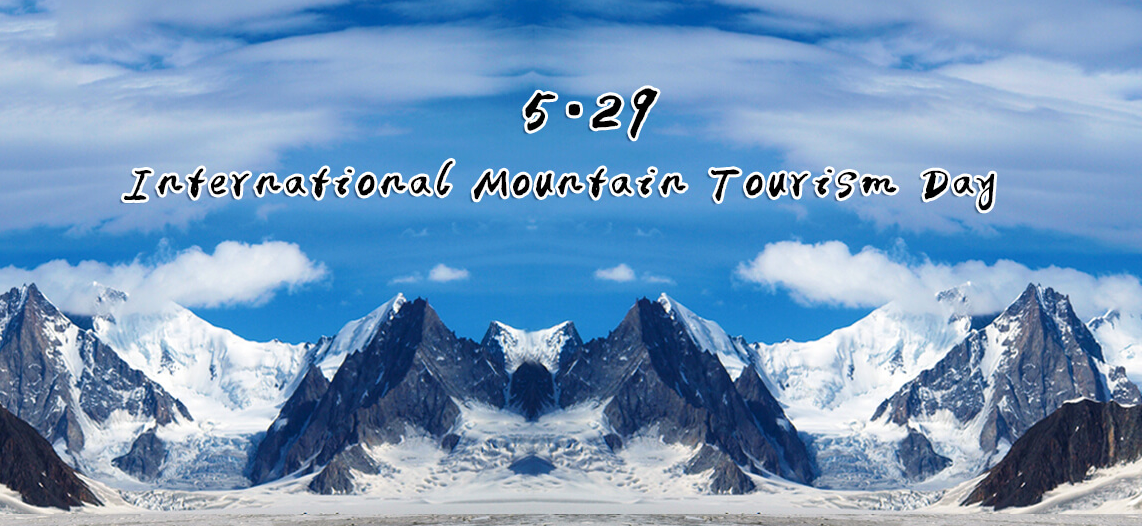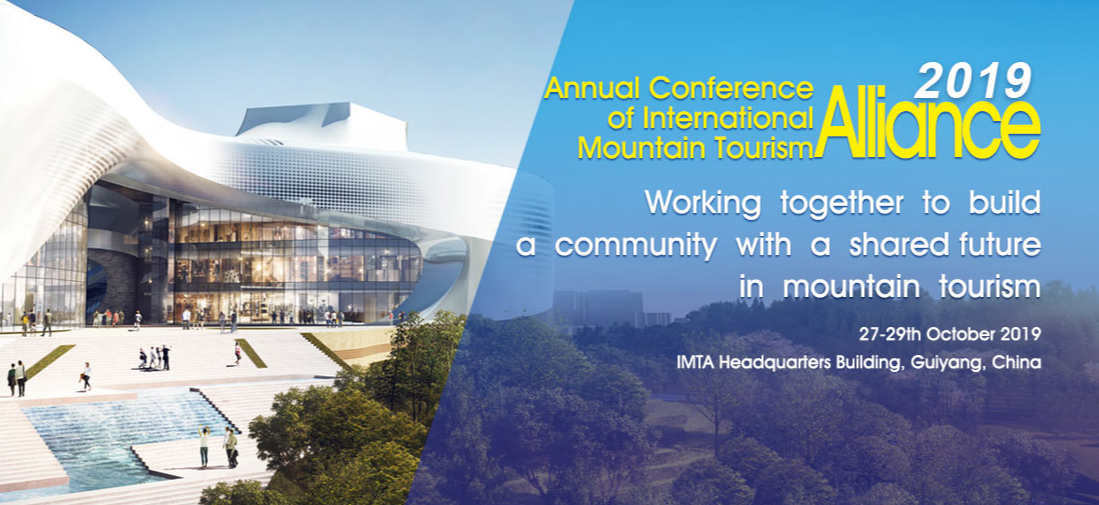Build The New Future of Asian Mountain Tourism Through Close, Honest, Inclusive Collaboration
On August 18, the 2022 Asian Mountain Tourism Promotion Conference with the theme of "Amity, Sincerity, Mutual Benefit, Inclusiveness, Cooperation, and Sharing——Jointly Building a New Future for Asian Mountain Tourism" was held in Guiyang, Guizhou Province. During the opening ceremony, He Chaoqiong (Pansy Ho), Chairperson of MGM China Holdings, Executive Officer and Managing Director of Shun Tak Holdings, Vice Chairman and Secretary General of GTEF,accepted an exclusive interview.
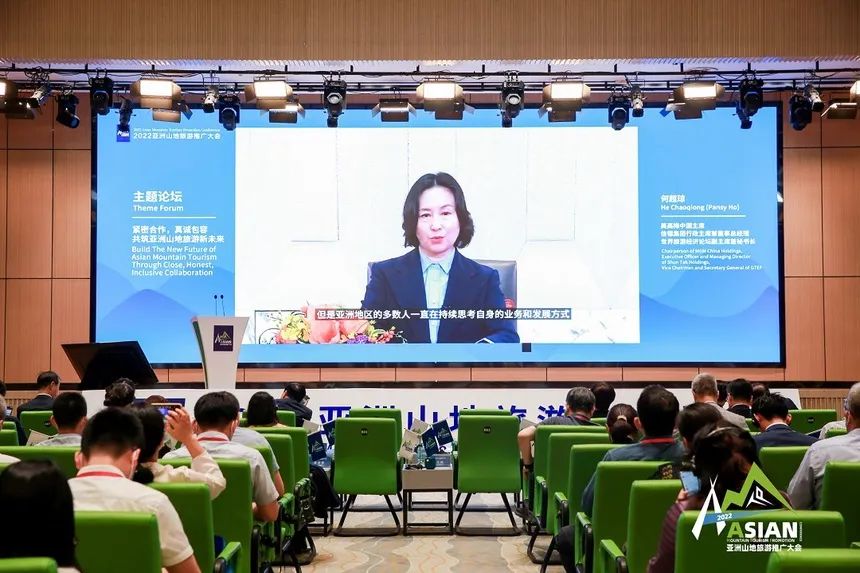
The following is the full text of the speech:
Now is an opportune time to bring together today’s insightful leaders on the subject “Amity, Sincerity, Mutual Benefit, Inclusiveness, Cooperation, and Sharing – Jointly Building a New Future for Asian Mountain Tourism”. As we face a changed world, Asia—with its deepening interconnectedness, economic standing, and significant commitments to protecting cultural and natural resources—has the potential to define the future of the global tourism economy and emerge as a leader of our times.
Despite the volatility and uncertainty that the pandemic has caused,many throughout the region have been rethinking their approaches to business and development, putting greater emphasis on inclusive collaboration and growth.For tourism, inclusive growth means looking beyond major attractions to more rural regions, including mountainous regions. It means looking beyond typical tourism experiences as well. Mountain tourism, rural tourism, cultural tourism, and adventure tourism give tourists more authentic experiences while bringing economic benefits to more destinations and creating incentives and support to protect assets.
China has invested more than any other country in the development of rural tourism to promote harmonious urban-rural development.In 2019, 3.2 billion travelers visited rural areas in China, generating around USD 120 billion in tourism revenues.Over the past few years, the demand in China for domestic rural tourism has only increased, as travelers look to stay closer to home and experience the places and cultures around them.
China has one of the largest domestic markets in the world — 4.1 billion domestic tourist trips were made in China in 2021, up 42 % from 2020. A significant portion of those trips were to suburban and remote rural areas, both of which have seen increases in bookings. Throughout the pandemic, China has been successful in the dispersal of tourists and encouraging tourism flows throughout the country, proving that there can be an upswing in tourism.
Moreover, the global pandemic has only accelerated the rise of green tourism, through which consumers seek deeper engagement with people and places.More and more people are seeking more immersive travel experiences such as those found in the mountains. I can attest to this—from my home in Hong Kong, I have seen a tremendous increase in local visitors coming daily to hike the mountain trails, seeking a haven. These activities that connect to nature and offer other perspectives have never been more popular and more in demand. And this trend is only expected to continue and grow.
In China’s 2021-2025 tourism development plan, substantial prominence has been put on domestic travel, including greater visitation to rural regions, as well as natural and cultural parks. Most importantly, the plan strongly emphasizes that tourism development should pursue harmonious co-existence with nature. In the Guangdong-Hong Kong-Macau Greater Bay Area, or in short the GBA, the tourism economy is seizing upon opportunities to protects its resources by fostering cooperation, linking communities, and introducing people to the vast rural, natural, and cultural destinations throughout the 56,000 square kilometers of the region.
The GBA has not only brought together 11 cities, leveraging each city’s competitive advantages to build an integrated economic and business hub, but also—through innovation, breakthrough technologies, and intermodal transport systems—led to the dispersion of people beyond its major city hubs, creating the ultimate quality-living circle. For tourism, cooperation in the GBA has meant the creation of the GBA’s signature attribute of “one trip, multiple itineraries”, allowing for a more diverse travel experience throughout the region.
For example, the integrated development of the GBA has brought people to new destinations, highlighting the mountains, villages, and green areas throughout the region, and has encouraged the development of mountain- leisure resorts, farmhouses, hot springs, and other wellness tourism products. Greater dispersal across a region and nation is central to supporting sustainable development, preserving local communities and cultures, and supporting strong year-round visitor flows.
Although the GBA region has been linked for one thousand years and is intrinsically linked through its Lingnan culture—a living culture that binds the region through its language, philosophy, and art—our bonds have been strengthened, not only in terms of sharing resources, but also in sharing the responsibility to be the stewards of our destinations. Realizing that we share a common destiny, the 11 cities of the GBA have come together in our efforts, combining our strengths, to protect our surrounding areas and local cultures for future generations. The cohesion to ensure healthy living and high quality of life for the over 72 million people who live here can elevate the region as a global leader and serve as a model, especially as the global tourism economy reconfigures and is reshaped.
If there has been a silver lining to the pandemic, it is that we are reminded of how fragile our world really is. The question is, have we learned anything, or will the same patterns re-emerge?We all recognize that travel can be part of the solution. Travel not only supports local economies, but it also opens the eyes of travelers to cultures and customs different from their own. But as we emerge from this crisis, it is up to the industry to reinforce sustainable and responsible forms of travel, encourage travelers not to leave their mark on the destination, but instead to deepen exchanges with host communities and come away marked themselves, changed for the better by their experiences.
This idea is at the heart of the Global Tourism Economy Forum, which seeks to deepen exchanges across the industry and to promote the sustainable development of the global tourism economy. Since its inauguration in 2012 in Macau, the GTEF has been providing timely insights into the current challenges and opportunities of the sector. Founded even before the development of the GBA, the GTEF was developed as a platform for cross-border cooperation, with the vision that through tourism, partnerships can be developed that can benefit wider society. This year marks GTEF’s 10th anniversary, which will take place under the theme “Achieving holistic high-quality development through the realization of Tourism+” and will bring together a wide variety of stakeholders seeking to redefine the future.As we meet today, one thing is certain: the future of tourism cannot be viewed through the prism of 2019. The pandemic’s pervasive impact on the way we live and ultimately will travel translates to new opportunities, as well as responsibilities.
I’d like to close by asking you to imagine that you have the chance to get on a plane and travel tomorrow. Where would you go? What would you do when you got there? Would you go someplace you’ve been before? Would you go where your peers are going? Or would you try somewhere new? Would you seek out nature, local culture and seek to understand it’s heritage? Would you look to connect with that place on a deeper level? Let’s work together to ensure that travel is more purposeful, more inclusive, and more fulfilling.
I’d like to commend IMTA for creating this platform for mountain destinations across Asia to spearhead tourism’s recovery, and champion the future of tourism. I look forward to the ensuing discussions on solutions for greater cooperation.



